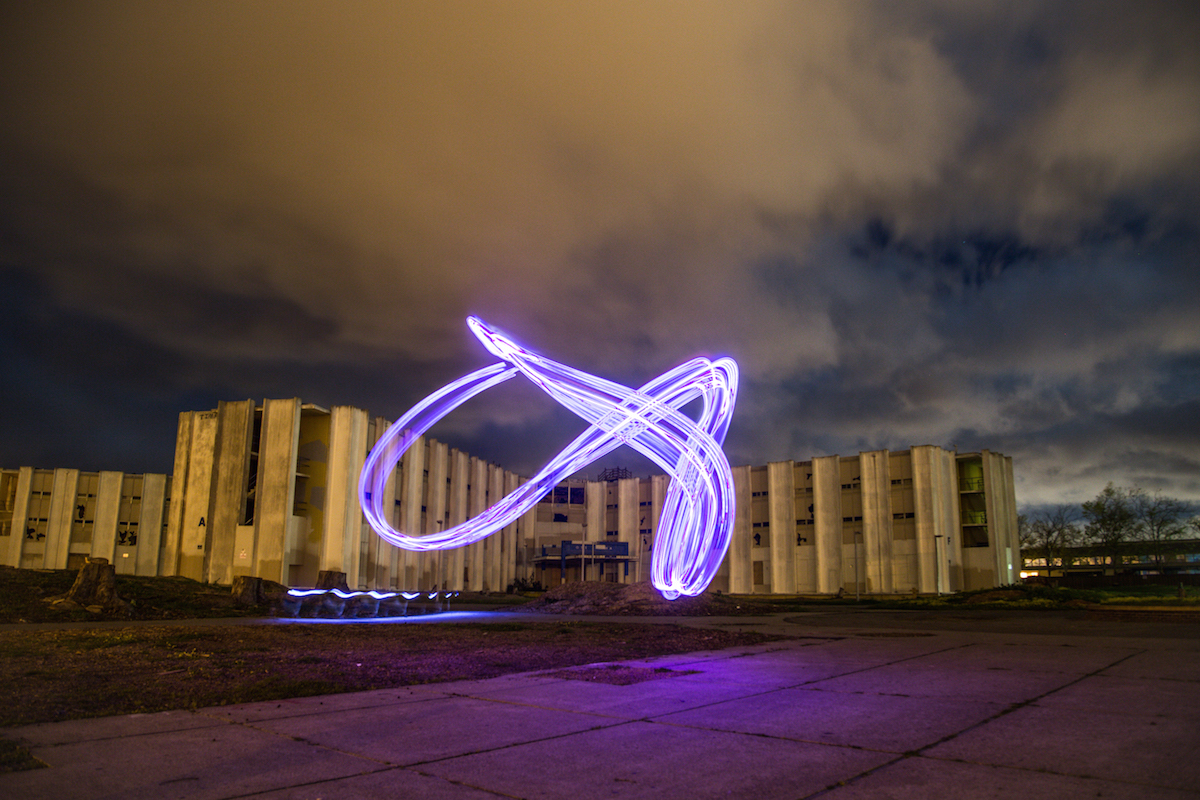
Every second counts when flying FPV — from airspeed and reaction time to video latency to just finding the time to fly. We’re always pushing the boundaries of speed, distance, and functionality; ultimately we’re chasing a better flying experience. Who wants to quit just because the sun goes down?
Here’s how to rip through the darkness, flying at night using infrared (IR) cameras and illumination. You can combine popular retail solutions with some Maker innovation to squeeze every last enjoyable moment out of your aircraft.
Embrace the Dark Night
Let’s talk about light (or the lack thereof). Darkness can be defined by the absence of light. Light, or moreover reflected luminance, is measured in a unit referred to as a “lux.” Here are a few examples of lux in the real world:
| Illuminance | Surfaces illuminated by: |
| 0.0001 lux | Moonless, overcast night sky (starlight) |
| 0.002 lux | Moonless clear night sky with “airglow” |
| 0.27–1.0 lux | Full moon on a clear night |
| 3.4 lux | Dark limit of civil twilight under a clear sky |
| 50 lux | Family living room lights |
| 80 lux | Office building hallway/toilet lighting |
| 100 lux | Very dark overcast day |
| 10,000–25,000 lux | Full daylight |
| 32,000–100,000 lux | Direct sunlight |




























